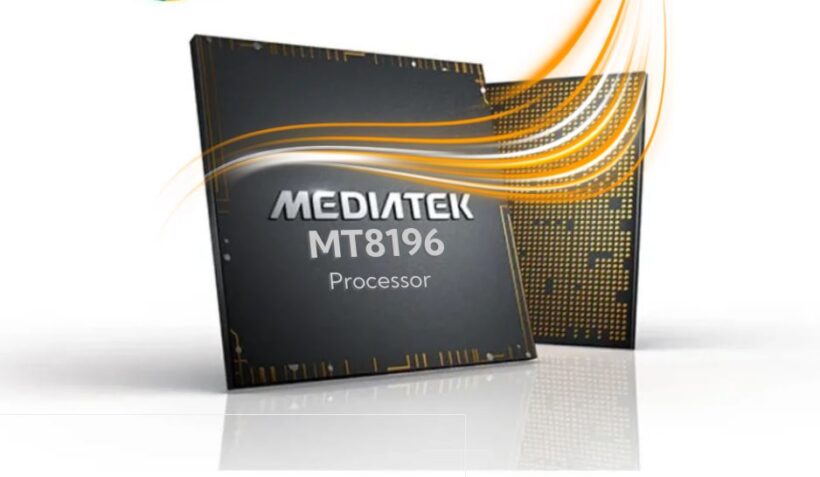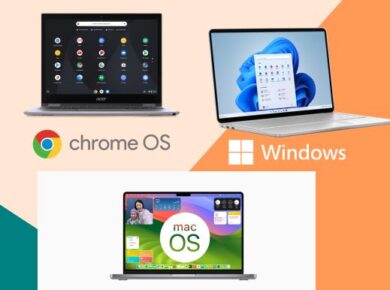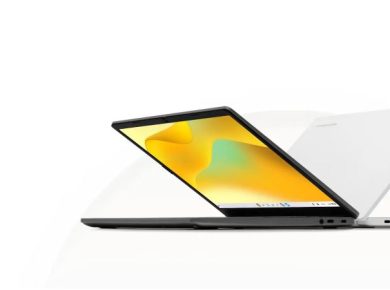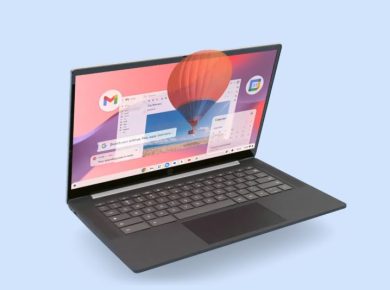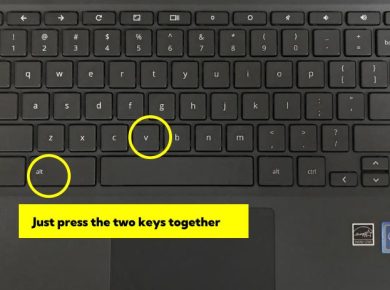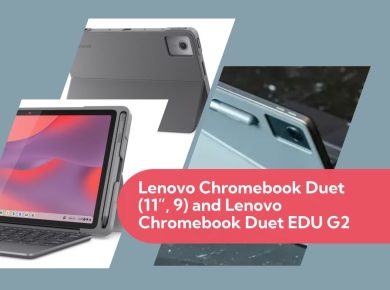A New Wave of MediaTek-Powered Chromebooks, here is What We Know About ‘Hylia’ and ‘Navi’.
Chromebook enthusiasts have something exciting to look forward to with the emergence of devices powered by the MediaTek MT8196 processor. If you’ve been following the latest developments in the Chromebook world, you may have heard whispers of a device in development called ‘Hylia’, part of the ‘Rauru’ series, which is powered by this new and likely very powerful chipset. With MediaTek making waves in Chromebook technology, this particular series is grabbing attention not only for its processing power but also because it’s expected to debut in a tablet form factor. But that’s not the end of the story.
A second device, known as ‘Navi’, has appeared too – apparently a regular clamshell or convertible Chromebook device.
Now let’s dig further into these devices, the engines driving the MT8196, and what all this means for the Chromebook crowd, hungry for its next step in power and flexibility.
The Promise of MediaTek MT8196: What’s So Special?
Before we get started, let’s establish a common definition for the two processors we’re going to be discussing: MediaTek MT8196.You might read up on developments in Chromebook hardware and get the impression that ARM-based chips are rapidly encroaching into the market, and assuming a leading role, since hardware efficiency and good performance is cost-effective. Intel has been the traditional processor of choice, but MediaTek has been slowly working its way up with solid offerings that fit well in the affordability, battery-life and portability centric devices it has been selecting as footholds.
Like it or not, the MT8196 chip is expected to deliver the best ‘ARM grunt’ in a Chromebook yet, and it will likely perform very well in nicely balancing ‘power-to-weight’ considerations: enough to comfortably multitask, stream and do everyday office productivity without feeling like it is draining your battery. So the move to more powerful ARM processors, such as the MT8196, should be very welcome indeed, and likely means much speedier performance than they have enjoyed to date, without pushing up prices to similar levels in one of Microsoft’s recent 2-in-1 detachables. Design – Intel Haswellnext-gen ARM-SoC 111101RockChip.////
The Mystery of ‘Hylia’: Chromebook Tablet on the Horizon?
The codename ‘Hylia’, which those with Zelda experience will recognise, implies that this device might be as legendary as its namesake. Little is known about what Hylia might look like, but we can say this: ‘Hylia’ will probably be a Chromebook tablet. Chromebook tablets are nothing new, but tablet computing hasn’t yet seen many devices that get power/portability balance right: if Hylia can take advantage of the MT8196, we could see a tablet-form computing device that finally transcends as both an on-the-go productivity device or a more robust media consumer.
Chromebook tablets have been a niche – and, in many cases, light usage cases that are still better served by an iPad or even an Android tablet – but ‘Hylia’ might find its way into its own niche. Furthermore, the MediaTek MT8196 is an energy-efficient processor, and if ‘Hylia’ becomes a tablet, it still could end up outperforming many Chromebooks while providing fairly decent battery life.
Enter ‘Navi’: A Different Approach with Familiar Power
Just when you think the excitement stops at ‘Hylia’, along comes ‘Navi’—another device from the same ‘Rauru’ family. This one, however, seems to be charting a different course. Early hints suggest that ‘Navi’ will likely take the shape of a more traditional Chromebook, possibly a convertible or clamshell model. This is great news for those who prefer the classic laptop form factor, but still want all the benefits of MediaTek’s latest SoC (System on Chip).
With its likely ARM-powered setup, ‘Navi’ could deliver the performance and battery life Chromebook users have come to expect but in a more traditional setup that suits office work, school tasks, and even light content creation. While a tablet form factor is great for portability, a laptop design offers more versatility for users who need a full keyboard and larger screen real estate.
As development progresses on ‘Navi’, it will be exciting to see if it incorporates some of the high-performance features we’ve seen in devices like the Acer Chromebook Spin 513—a thin, lightweight convertible with excellent battery life that quickly became a fan favorite. If ‘Navi’ follows suit, we might be looking at another highly portable, yet powerful, Chromebook to add to the mix.
Will MediaTek MT8196 Lead to Multiple Devices?
What’s particularly interesting about this development is that MediaTek boards, in general, have not produced a large number of devices. In fact, previous boards like ‘Geralt’, which gave us the Lenovo Chromebook Duet 11″, have been somewhat of a one-hit wonder, with only a single device making its way to the market from that project.
However, with ‘Rauru’, it seems MediaTek is aiming higher. With both ‘Hylia’ and ‘Navi’ in development, there’s hope that we’ll see multiple Chromebooks powered by the MT8196 SoC before all is said and done. In comparison, boards like ‘Nissa’ (which powers Intel’s N100 and N200 devices) and ‘Brya’ (home to Intel’s 12th/13th-gen models) have led to a variety of devices. If MediaTek can replicate that success, the MT8196 could become a major player in Chromebook hardware development, offering consumers more options at varying price points.
Why ‘Navi’ and ‘Hylia’ Matter: A Glimpse into the Future of Chromebooks
While it’s still early days for both ‘Hylia’ and ‘Navi’, their development represents a potentially significant shift in the Chromebook market. By adopting the MT8196 chip, we’re likely to see Chromebooks that offer stronger performance, longer battery life, and greater versatility—all while maintaining the lightweight, user-friendly nature that has made these devices so popular.
For professionals, students, and even casual users, the introduction of these new devices could offer greater choice in the ARM Chromebook space. Whether you prefer a tablet-like experience or a traditional laptop design, the MT8196 could be the game-changer that makes your next Chromebook purchase an easy decision.
What’s Next?
The question now is, what will these devices look like when they finally hit the market? As development on both ‘Hylia’ and ‘Navi’ continues, we’re bound to get more details. Will ‘Hylia’ become the go-to Chromebook tablet, or will ‘Navi’ deliver the ultimate portable laptop experience with MT8196 under the hood? Time will tell.
If history is any indicator, the MediaTek MT8196 should offer the ideal blend of performance and efficiency, and as more devices based on the ‘Rauru’ board emerge, it’s an exciting time to be a Chromebook fan. Stay tuned for more updates as these promising devices come closer to launch—there’s no doubt they’ll be worth the wait.
More from Go to Chrome:
ChromeOS, Windows, or macOS? Which is the Best for You?
Chromebook Essentials – Complete Guide
